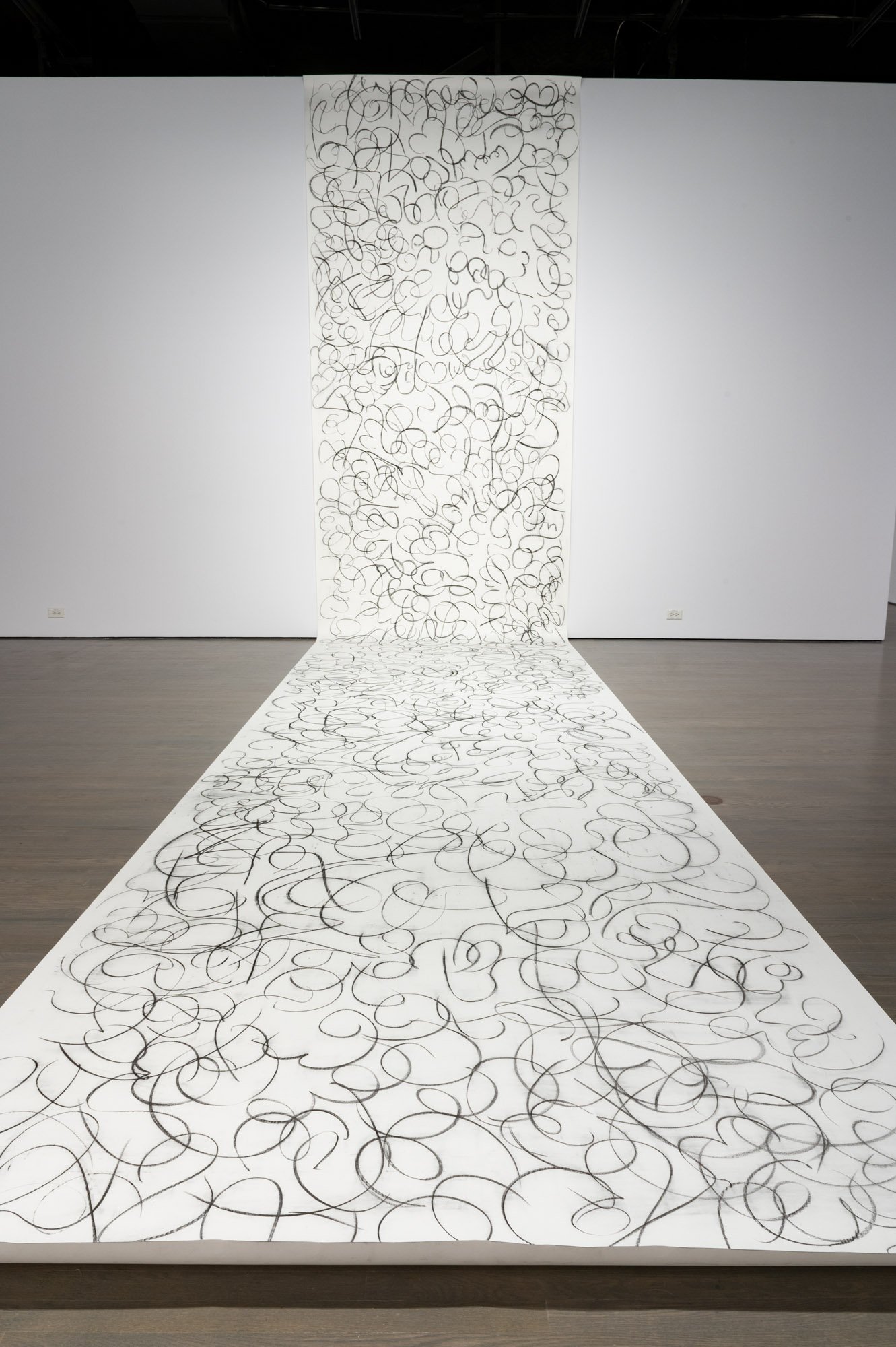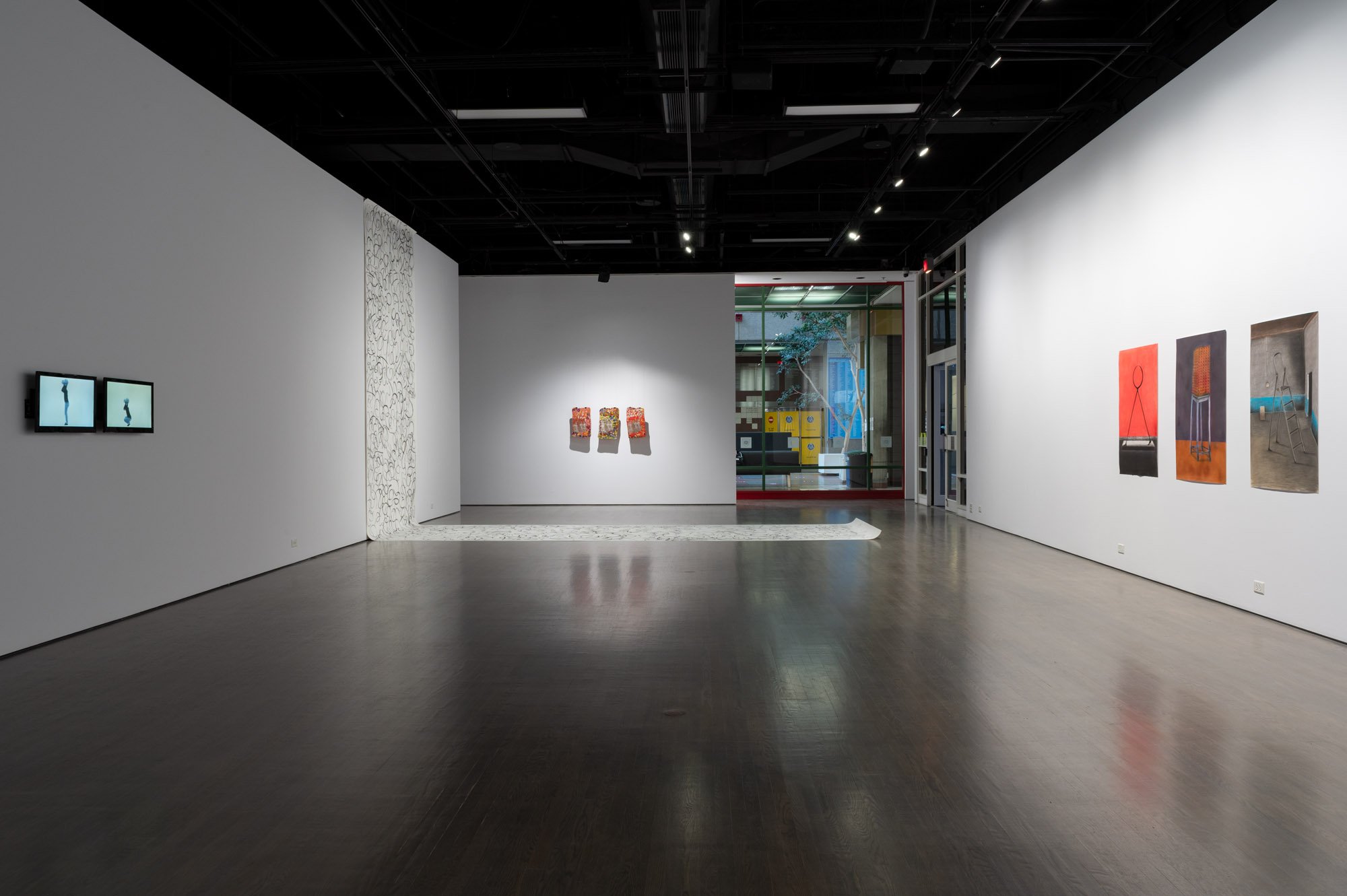
‘CONSTITUTIONS’
Galerie Leonard & Bina Ellen Art Gallery, Concordia University, Canada
The exhibition Constitutions considers escape routes and ensnarements of the body within the state—a condition amplified by the pandemic. Over the last year and a half, we collectively witnessed the flow of bodies leaving cities for villages in various parts of India; we saw people helplessly watch their loved ones gasping for air amid oxygen tank shortages; and just prior to being instructed by the state to socially distance, we saw protests for the right to citizenship, the right to be recognized. Constitutions attempts to address this trapping but also offers proposals for ways out of these absurd labyrinths.
Artists Rajyashri Goody, Sohrab Hura, Sajan Mani, Prajakta Potnis and Birender Yadav are of a similar generation from India, and each address and complicate the oppressive social hierarchy of caste discrimination, politics of labour, and the post-truth state. In their works, there are threads of poetry and literature, a sensation of disembodiment, the transition of body to tool, and the representation of what the body retains, absorbs, and discards.
In 2022, India will celebrate 75 years of decolonization. In the process of writing the Constitution of India between 1949 and 1950, committee chairman Dr. Bhimrao Ambedkar, included the abolition of Untouchables. Article 17 outlawed discrimination against Dalits, Bahujans and Adivasis who are kept at the bottom rung of society and the economy, and are often landless, displaced by governmental projects like dams or deforestation. Today, the tenets that were part of Jawaharlal Nehru, the first Prime Minister of India, and Ambedkar’s vision for a secular India, devoted to equality, justice, and democracy are delicately tethered to utopian ideals, and are being gnawed at by the rise of Hindutva maintaining caste apartheid and spreading religious discrimination.

Wakeup calls for ancestors, 2021 ,acrylic and Serigraphs on natural rubber sheet, 53 x 32 cm (approx each)

Exhibition View

Art Will Never Die but COW?, 2019, 2 channel video installation

When the hands start singing (2021), charcoal on paper

Wakeup calls for ancestors, 2021 ,acrylic and Serigraphs on natural rubber sheet, 53 x 32 cm (approx each)

Wakeup calls for ancestors, 2021 ,acrylic and Serigraphs on natural rubber sheet, 53 x 32 cm (approx each)

When the hands start singing, charcoal on paper, 2021

When the hands start singing, charcoal on paper, 2021

